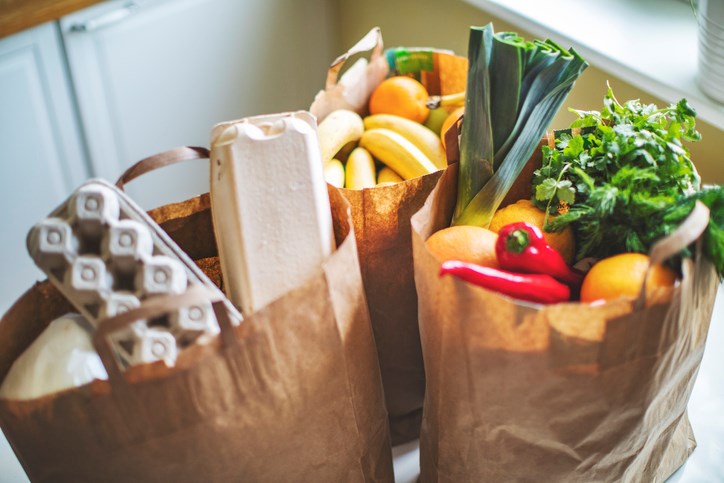Many Canadians are wondering why food prices are not dropping at the same rate as agricultural commodity prices. Last year, Russia’s invasion of Ukraine pushed prices to astronomical levels. One year later, the agricultural commodity landscape looks incredibly different.
Prices for agricultural commodities have dropped significantly in the last 12 months. Wheat prices have fallen by a whopping 47 per cent since last year; corn is down 22 per cent; soy is close to corn, down 23 per cent; and oats are down 31 per cent. Other commodities are also down: coffee by 21 per cent; canola by 42 per cent; sunflower oil by 60 per cent; and pork by 31 per cent. Chicken, a popular animal protein globally, is down 16 per cent, while eggs are down 56 per cent. As for dairy, cheese is down by 30 per cent from last year and milk by 36 per cent. And the list goes on and on.
It is tempting to think that these prices should have a bearing on grocery prices. Input costs do impact prices, but not in the ways you might think.
Research by Dalhousie University, along with the University of Guelph, the University of Saskatchewan, and the University of British Columbia, concluded many years ago, while working on Canada’s Food Price Report, that commodity prices have little to do with retail prices in the industrial world, including in Canada. The reality is that the correlation between commodity prices and retail prices is, for the most part, weak. They can affect retail, given time, but the effects are still minimal.
The reason is simply this: a number of factors will increase prices at retail. These include labour challenges, wages, and measures like carbon pricing and currency fluctuations. There is also the issue of food geopolitics, which includes trade restrictions and embargoes. Not to mention packaging costs and adjustments to changing regulations, food safety measures ... the list goes on. Supply chain economics are impacted by many factors, especially in advanced economies, where the effect of numerous transactional costs outweighs how inputs affect retail prices.
We also need to remind ourselves that food companies have contractual arrangements which may or may not help them keep costs down. These contracts will commit companies to paying similar prices for several weeks, sometimes months, at a time. So it’s quite challenging to gauge how fluctuating commodity prices will impact food prices over time.
But if they do impact prices, expect some lag, except with categories like fresh produce, since there is little or no processing involved. Produce is by far the most volatile food category out there for that very reason.
Policies also play a role. Canada has supply-managed commodities like chicken, eggs, and milk. Global price fluctuations don’t mean much to us since the intent of the supply management regime is to stabilize prices and assure Canadians have a steady supply of such commodities. Comparing Canadian dairy, poultry, and egg prices to those in the rest of the world is like comparing, well, apples to oranges.
But the other culprit rarely talked about is public spending. Over the last few years, since the start of the pandemic, many governments, including Canada’s, have spent a significant amount on providing socioeconomic safety nets for those in need. Companies have also received funding to cope with economic uncertainties. The “grocery rebate” 11 million Canadians will receive on July 5 won’t help our inflation problem one bit. Coupled with many provinces sending more money to voters as they politicize food inflation, this extra $2.5 billion program could push food prices higher, hurting more people along the way.
That is mainly why governments don’t mind the attacks aimed at grocers and the food industry. They make for a convenient distraction, getting consumers to avoid focusing on how it is governments that have made food inflation an unmanageable problem for many. Call it policy pivoting, if you will. It’s much easier to point the finger at the likes of Galen Weston than explain to the populace how monetary policies actually work and how they can work against consumers over time.
At least Canada is not implementing measures like those in the U.K. British supermarkets are facing pressure to cap food prices on select foods, with a voluntary approach allowing retailers to pick which items to offer at lower rates. This type of measure can only lead to chaos, higher food prices, and more shortages over time.
Ultimately, supply chain economics are hard to understand, even for farmers. They have always been frustrated by how retail prices rarely reflect the prices they see on the farm. Their piece of the action seldom grows with food inflation. It’s not supposed to unless farmers are vertically integrated, and few are. Price-taking entanglements are just different.
Dr. Sylvain Charlebois is senior director of the agri-food analytics lab and a professor in food distribution and policy at Dalhousie University.
©




